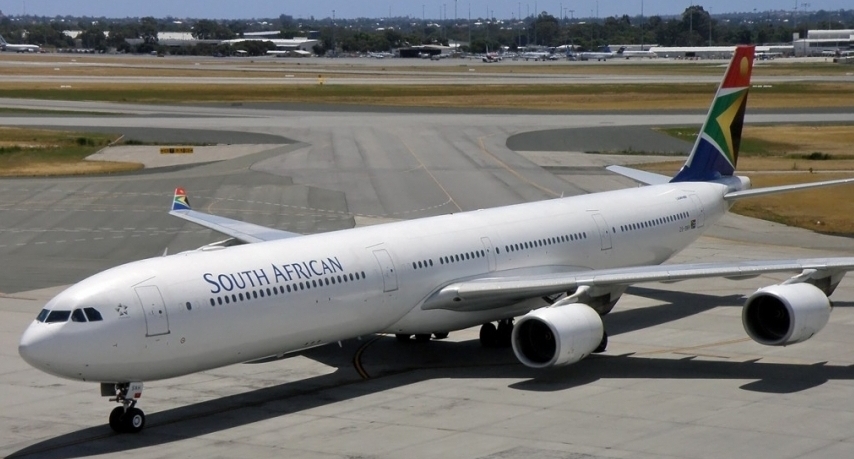Death of an 86-yr old airline: South African Airways to fire all employees
Now, SAA is planning to lay off its entire 4,700 employees.

April 18, 2020: Approximately a year ago at the Air Cargo Africa 2019 in Johannesburg, South African Airways' (SAA) Group CEO Vuyani Jarana (who ended his term on July 31, 2019), shared different contours of the work in progress for saving the terminally ill company to Logistics Update Africa. But the lack of commitment to fund SAA by the government systematically undermined the implementation of the strategy, making it increasingly difficult to succeed.
Now, SAA is planning to lay off its entire 4,700 employees, compelling to ground the 86-year-old national carrier. The state-owned airline has offered compensation deals to all staff from the end of April after administrators - Les Matuson and Sizwe Dongwana concluded that a successful turnaround is now unlikely, according to a proposal to eight labour groups seen by Bloomberg News. The basic value of compensation will be one-month pay per year of service and will depend on the successful disposal of assets such as real estate, rotables, and trade debts.
On March 26, acting CEO Zuks Ramasia has resigned from SAA, opting for early retirement by serving till April 14, 2020.
In December last year, South African government decided to place SAA under a local form of bankruptcy protection as a last measure to prevent its total collapse. SAA has received another extension from lenders and creditors to publish their long-awaited rescue report, which was to be published on May 29, 2020.
Public enterprises minister Pravin Gordhan said earlier this week that the cost of staving off the Covid-19 pandemic in the country meant no more cash could be extended, while finance minister Tito Mboweni said the carrier's closure could help shore up state finances. The administrators will now look to sell assets and raise cash to repay creditors.
In the 2020-21 budget, Mboweni allocated a total of ZAR16.4 billion ($1.06 billion) to allow SAA to repay guaranteed debt and interest costs. This year alone, ZAR10.3 billion ($660 million) has been set aside for SAA while ZAR4.3 billion ($270 million) and ZAR1.8 billion ($110 million) had been budgeted for 2021 and 2022, respectively. Since 2008/09, the flag carrier has incurred net losses of over ZAR32 billion ($2.04 billion). As such, the government anticipates that additional funding will be required to cover restructuring costs in line with the business rescue plan, once it is unveiled.
The airline has not released its financial statements for the past two years in the fear of liquidation.
Recently, SAA has been flying cargo planes and chartered flights to countries such as Germany and Brazil in recent weeks, but no commercial passenger services.
SAA is among several South African state-owned companies to have become technically insolvent without financial assistance from the government, following years of mismanagement and corruption scandals -- particularly under the presidency of Jacob Zuma, which ended in 2018.
The airline has seen at least nine chief executive officer changes in the past decade, hampering attempts at a turnaround, while responsibility for the carrier was passed from the Department of public enterprises to the national treasury and back again.
Another airline to follow the path of SAA is SA Express, which has been served with an urgent court application to be placed under business rescue.
Since the outbreak of coronavirus in China, African Airlines have lost $400 million (312 million), according to the International Air Transport Association (IATA).


